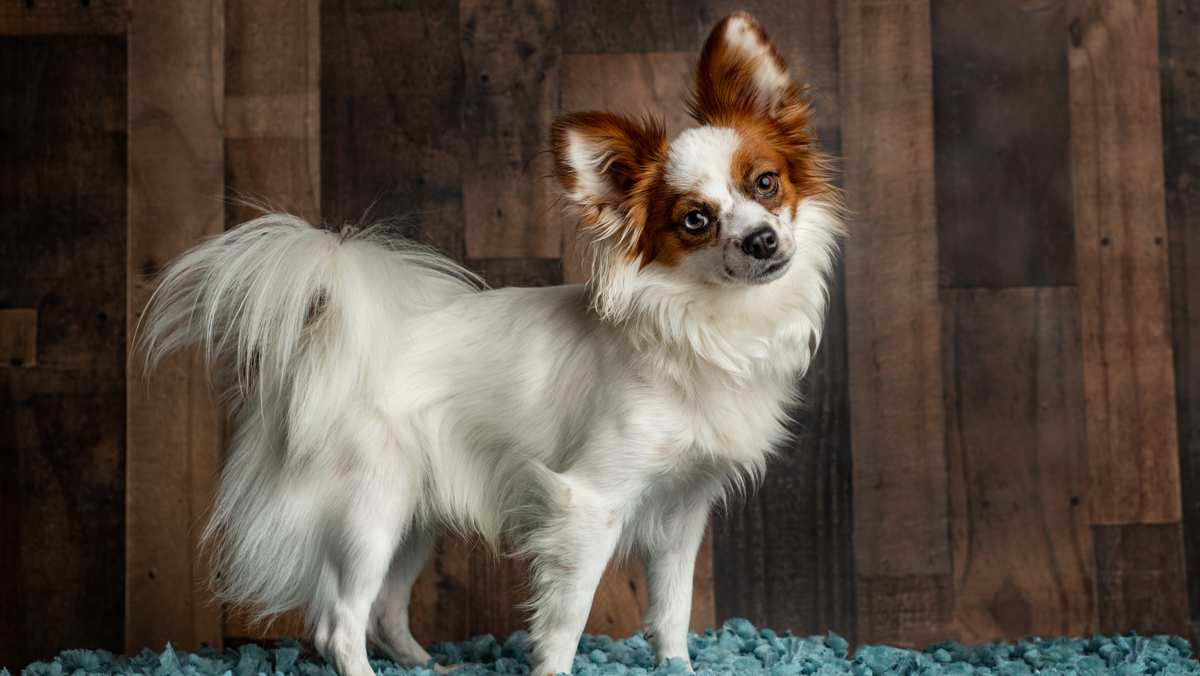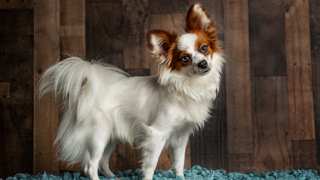Papillon Breed Details
There is no doubt that when you first see one of these dogs in person, the cuteness factor is going to obscure any Papillon facts you may know. While these dogs can be excellent companions, there are many things to consider before you are overwhelmed with how truly adorable they are. They are typically good as first dogs, but families that have other pets — especially larger dogs — should understand the issues that can arise. Mature children should not be a concern, but very young kids may pose problems. Papillons are great for apartment living, and they are not outside dogs in case you have a large, rural home with lots of yard space.
Here are some Papillon pros and cons:
PROS
- Easily carried
- Beautiful dogs
- Elegant attitude
- Extremely trainable
- Extremely energetic
- Low grooming needs
- Loves to make new friends
- Relatively few health issues
CONS
- Not hypoallergenic
- Typically very vocal
- Requires constant attention
- Can easily become anxious
- Separation anxiety is common
- Extremely fine bone structure makes them fragile
- very serious health concerns in very small Papillons
- Growing popularity means disreputable dog breeders
- Not good in homes with babies, toddlers, and very young kids



